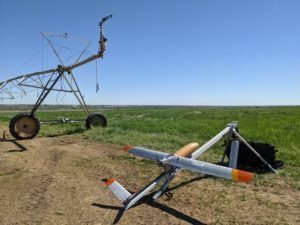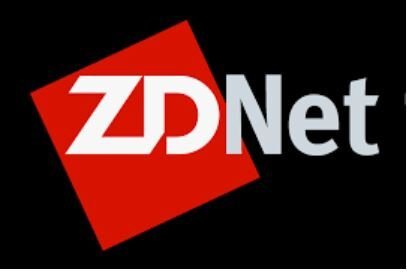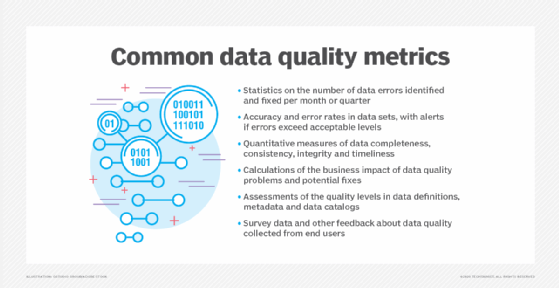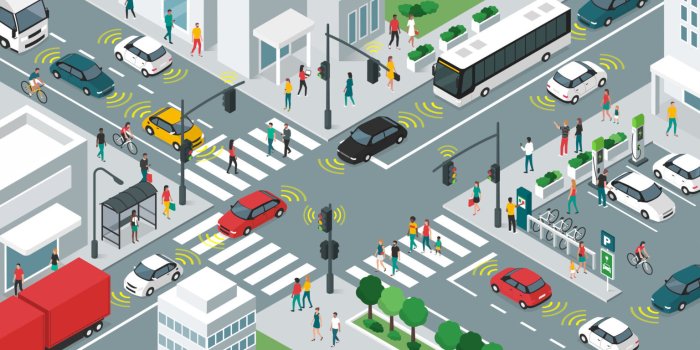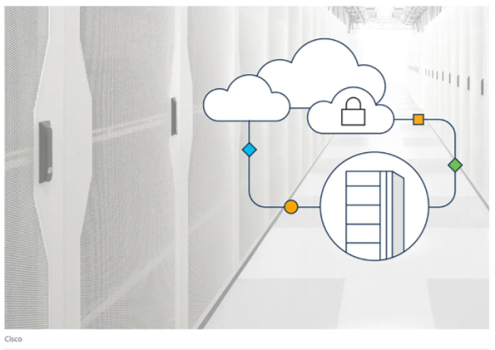IMPLEMENTATION OF AI IN EDUCATION: THE POTENTIAL AND FUTURE
- Technology Solutions
- 0 Replies
New technology is evolving every day in this fast-moving data-driven age. Even less than two decades ago, smartphones were just emerging and were capable of functioning the rudimentary phone operations only. Since then, technology has taken a huge leap – from shopping to watching a movie, everything can be possible on a smartphone. So, the traditional methods of functioning in our lives are changing and with that, one of the most important sector to consider – education sector, should also adapt to these changes.
Applying new evolving technologies like Artificial Intelligence (AI) can change the whole system and lead to the emergence of a more transparent and efficient education system. With world literacy rate as high as 86.3% and subsequent expansion in the field of education, the issue of implementation of AI in this sector becomes more important.
What is the need for AI in education?
While our way of living and daily operations has been rapidly altered, till date, traditional methods are practiced in the education sector. Kids today are mostly not engaged in traditional games and toys and coloring books. Most of their activities revolve around laptop screens, smartphones, and tablets. Moreover, today’s education system is still more static and traditional. So, a change in the paradigm of education is needed to keep up with the changing requirements and lifestyle of the students.
“India is still waking up to the new concepts of digitization and the education industry being still untouched will not only benefit the student when it comes to harnessing their individualistic potential, but will also allow the trainers some space by letting go off some mundane tasks that they do in today’s traditional way of teaching”, said Mr. Abhishek Manjrekar, CMO – Marketing & Analytics at Foreign Academic Consultancy & Training (FACT).
Continue reading: https://www.analyticsinsight.net/ai-in-education/
Applying new evolving technologies like Artificial Intelligence (AI) can change the whole system and lead to the emergence of a more transparent and efficient education system. With world literacy rate as high as 86.3% and subsequent expansion in the field of education, the issue of implementation of AI in this sector becomes more important.
What is the need for AI in education?
While our way of living and daily operations has been rapidly altered, till date, traditional methods are practiced in the education sector. Kids today are mostly not engaged in traditional games and toys and coloring books. Most of their activities revolve around laptop screens, smartphones, and tablets. Moreover, today’s education system is still more static and traditional. So, a change in the paradigm of education is needed to keep up with the changing requirements and lifestyle of the students.
“India is still waking up to the new concepts of digitization and the education industry being still untouched will not only benefit the student when it comes to harnessing their individualistic potential, but will also allow the trainers some space by letting go off some mundane tasks that they do in today’s traditional way of teaching”, said Mr. Abhishek Manjrekar, CMO – Marketing & Analytics at Foreign Academic Consultancy & Training (FACT).
Continue reading: https://www.analyticsinsight.net/ai-in-education/







